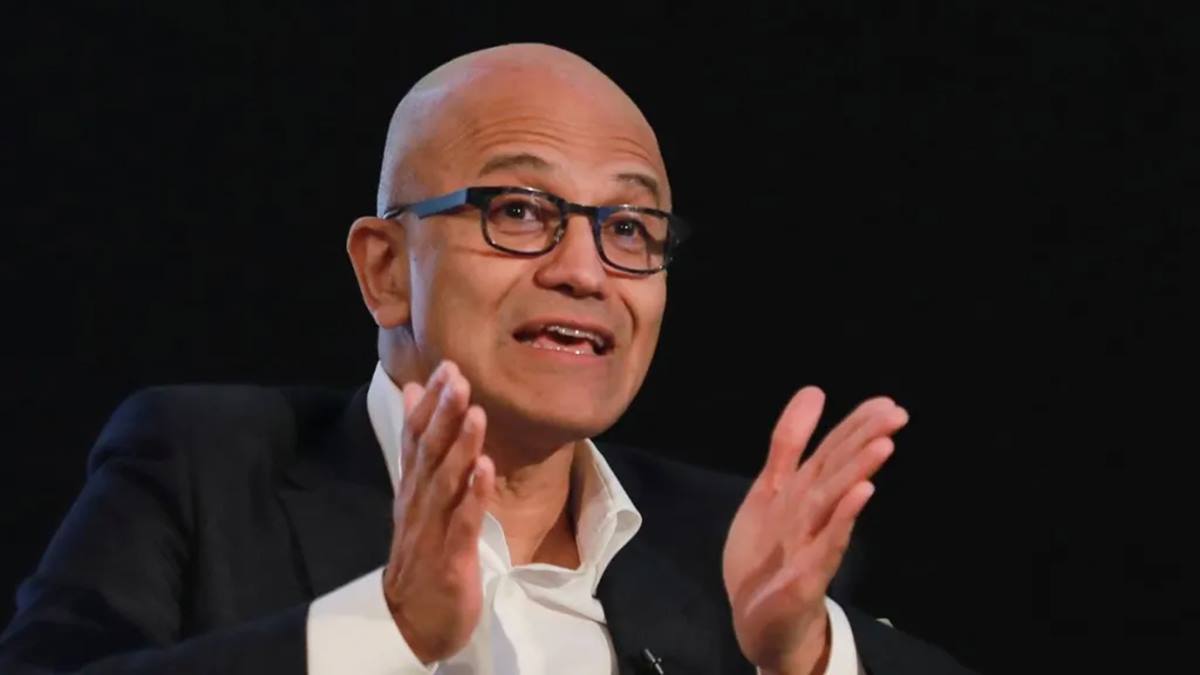The move, which represents nearly 6% of Nestlé’s global workforce, underscores the mounting pressure on multinational corporations to adapt quickly to a changing economic environment dominated by automation, slowing consumer demand, and geopolitical uncertainty.
A Cost-Cutting Drive to Save 1 Billion Swiss Francs
Nestlé’s newly appointed chief executive, Philipp Navratil, said in an internal memo that the company is undergoing a “strategic reset” to boost profitability and efficiency.
“The world is changing, and Nestlé needs to change faster. This will include making hard but necessary decisions to reduce headcount,” Navratil said in a statement.
According to reports, the layoffs will be executed over the next two years, targeting 12,000 white-collar employees across administrative and corporate roles, and another 4,000 workers in production and supply chain units.
The plan aims to generate cost savings of up to 1 billion Swiss francs, funds that will be redirected into innovation, digital transformation, and sustainable manufacturing initiatives.
Nestlé’s Changing Strategy
The restructuring is part of a broader shift under Navratil’s leadership to modernize Nestlé’s sprawling operations, which span over 180 countries and employ nearly 270,000 people.
The company, known for brands like KitKat, Nescafé, Maggi, and Cerelac, has been facing multiple challenges — from rising input costs and fluctuating currencies to slower consumer spending in key markets such as Europe and North America.
Analysts suggest the layoffs reflect an effort to improve margins and realign global priorities toward faster-growing markets in Asia, Africa, and Latin America, where consumer demand remains resilient.
Layoffs Beyond Nestlé: A Global Pattern Emerges
Nestlé’s announcement adds to a growing list of companies cutting staff in 2025, across industries ranging from tech to manufacturing and retail. Over the past 10 months, major firms have collectively eliminated tens of thousands of jobs worldwide as part of restructuring plans.
Here’s a look at some of the biggest layoffs of the year so far:
1. Tata Consultancy Services (TCS)
India’s largest IT services provider, TCS, laid off 6,000 employees — about 1% of its global workforce — earlier this year and plans to cut another 6,000 jobs by year-end.
The company’s restructuring aligns with a push toward artificial intelligence-driven automation, reducing dependence on manual coding and support roles.
2. Amazon
E-commerce behemoth Amazon is reportedly slashing 15% of roles across its human resources and consumer business divisions.
The company’s HR wing, known as the People eXperience and Technology team, has seen deep cuts as Amazon consolidates functions to improve efficiency amid slowing retail growth.
3. Google
Alphabet’s Google has laid off around 100 employees from its design and creative departments, part of a continuing trend of internal restructuring to channel more resources into AI development and cloud services.
4. Accenture
In September 2025, global consulting firm Accenture announced over 11,000 job cuts as part of a company-wide restructuring.
The firm cited weak demand in traditional consulting services and an urgent need to invest in digital transformation and automation tools.
5. Salesforce
Salesforce, the world’s leading customer relationship management (CRM) company, has cut 4,000 jobs in customer support, reducing its workforce from 9,000 to 5,000.
CEO Marc Benioff attributed the move to the company’s increasing reliance on AI-powered customer service bots that have replaced several manual roles.
6. Microsoft
Tech giant Microsoft has laid off over 15,000 employees globally this year, in addition to 2,000 underperforming staff removed through performance evaluations.
CEO Satya Nadella explained that the restructuring was driven by “shifting priorities toward AI, cloud, and productivity technologies.”
7. Nestlé SA
Nestlé’s planned 16,000 job cuts represent one of the largest downsizing efforts in the FMCG industry in recent years.
The company joins a growing list of corporations realigning their workforce in response to economic headwinds and shifting consumption patterns.
Why Companies Are Cutting Jobs
Analysts point to several key factors driving this new wave of layoffs:
- AI and Automation: Firms are rapidly integrating AI tools, reducing the need for large human workforces.
- Cost Pressure: Global inflation and higher borrowing costs have pushed companies to cut expenses.
- Geopolitical Uncertainty: Wars, trade disruptions, and political instability have forced corporations to adopt leaner business models.
- Shifting Demand: Consumer behavior has changed post-pandemic, emphasizing efficiency, sustainability, and digital-first experiences.
Total Layoffs Calculation (Last 10 Months)
- Nestlé SA — 16,000 job cuts
- Tata Consultancy Services (TCS) — 12,000 job cuts
- Amazon — 15,000 job cuts (estimated based on 15% HR and consumer roles)
- Google — 100 job cuts (design-related roles)
- Accenture — 11,000 job cuts
- Salesforce — 4,000 job cuts
- Microsoft — 17,000 job cuts (15,000 layoffs + 2,000 performance-related cuts)
Now adding them all together:
- 16,000 (Nestlé)
- 12,000 (TCS)
- 15,000 (Amazon)
- 100 (Google)
- 11,000 (Accenture)
- 4,000 (Salesforce)
- 17,000 (Microsoft)
=75,100 total layoffs
Outlook: Efficiency Over Expansion
While large-scale layoffs have sparked concern among workers, investors see them as part of a broader corporate evolution. Many global companies are transitioning from expansion to optimization — investing in automation, AI, and lean management to navigate slower growth cycles.
For Nestlé and others, the challenge will be balancing cost reduction with employee morale, while maintaining growth in an uncertain economic environment.




















